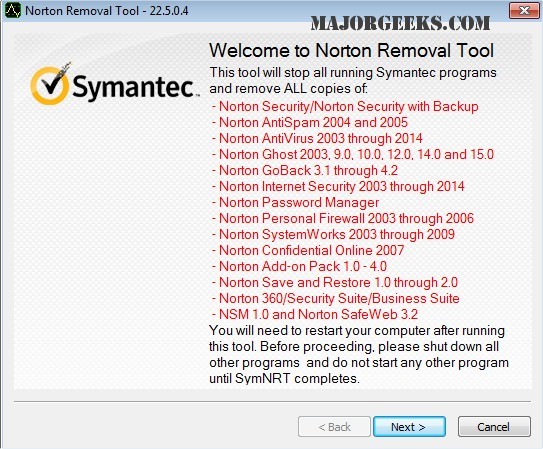


The troubleshooter would then be running automatically to detect and repair problems. Select Configure a device under the Hardware and sound section.Click Troubleshooting when View by Large icons selected.On your keyboard, hold down the Windows logo key, then press R to bring up the Run box.Run it to try to solve your USB device not recognized problem. The built-in Hardware and Devices troubleshooter can help you fix problems with devices connected to your computer. Method 2: Run the built-in Hardware and Devices troubleshooter If you don’t see the error pops up any more, so great! But if the error keeps still, proceed to try the following solutions… Once your computer reboots into the Windows system, re-connect your USB device to your computer directly through the built-in USB port, that’s to say, please don’t use a USB hub to connect your USB device with your computer.Ĭheck if the error disappears.Unplug your USB device out of your computer.The following simple steps could help you fix it: If your USB device connected to your computer is misconfigured, the USB device not recognized error may keep popping up. Method 1: Connect your USB device directly to your computer Disable the USB selective suspend feature.Update your USB device and motherboard chipset drivers.Uninstall all your USB controller drivers.Run the Hardware and Devices troubleshooter.Re-connect your USB device directly to your computer.You may not have to try them all just work your way down the list until you find the one that works for you.

Here are a few easy-to-apply methods that have helped other users resolve the USB device not recognized keeps popping up problem. Luckily, you can remove the error message through the following solutions. If you have something important to do with the USB device connected to your Windows computer, but you keeps getting the error saying USB device not recognized.


 0 kommentar(er)
0 kommentar(er)
